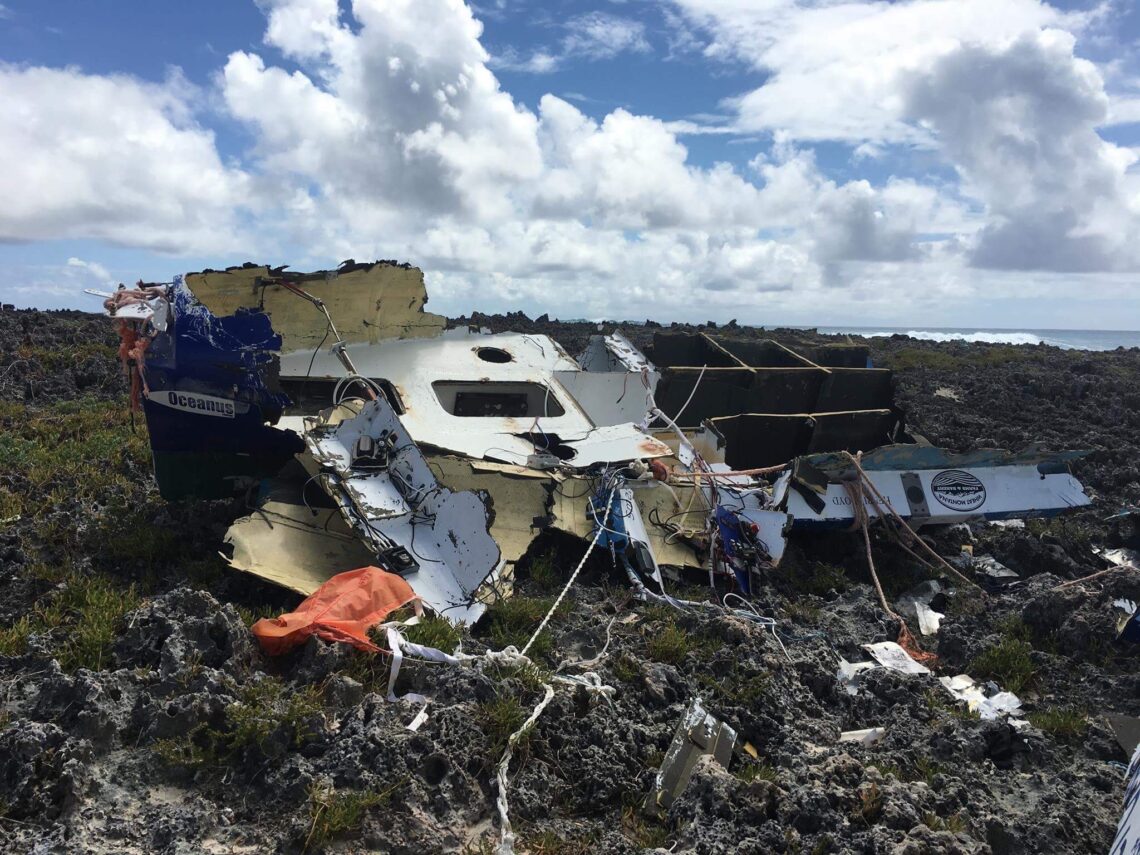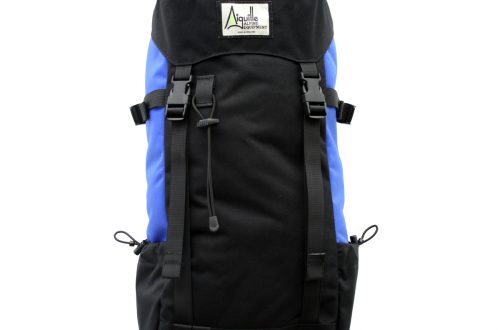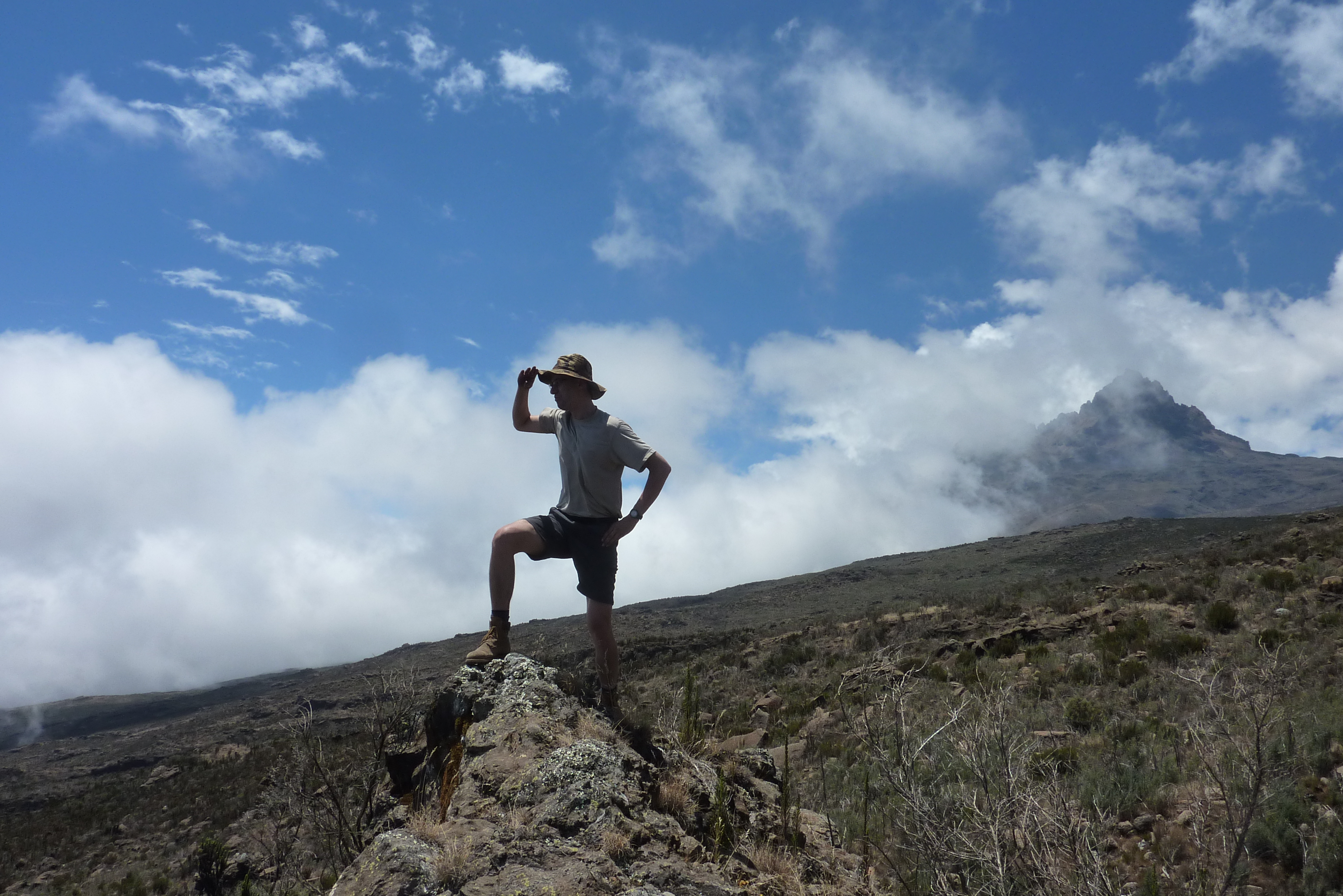
Essential Guide to Due Diligence: What You Need to Know Pre-Adventurers
Prioritizing health and safety is essential in any endeavor, particularly in adventurous activities where risks abound. Comprehensive risk assessments are mandatory for all such undertakings, particularly in challenging environments like mountainous terrain or during intense activities such as an Atlantic row. Ignoring safety protocols in these scenarios may result in dire consequences.
Drawing from personal reflections, poignant events such as the unfortunate loss of a fellow oarsman during the Atlantic row in 2016 and the notable dropout rate in Rugby on Everest 2019 have profoundly shaped my outlook.
The tragic incident underscores the importance of ensuring comprehensive safety measures are in place. The Skipper and owner of the vessel faced legal consequences, pleading guilty to failing to ensure the safe operation of the vessel. Their sentence, including 12 months in jail (suspended for 12 months) and 150 hours of unpaid work, highlights the serious ramifications of disregarding safety protocols.
This incident serves as a poignant reminder of the responsibility we bear in safeguarding ourselves and others in potentially risky environments. It emphasizes the necessity of thorough preparation, adherence to safety guidelines, and vigilance to prevent tragic outcomes. Learning from such experiences is crucial, shaping a greater awareness and commitment to prioritizing safety in all future endeavors.
Before you embark on any adventure, building or joining the right team is the foundation for success.
Whether it’s trekking, rowing, climbing, or any other adventure, I’ve found that one of the most effective and straightforward ways to build a strong team is to enjoy a few training days together. These shared experiences not only help us bond but also allow us to understand each other’s strengths, weaknesses, and communication styles. Spending that extra time training as a group builds trust and creates a solid foundation for any challenge we face.
Essential Documents for Every Adventurer (Big or Small)
Make sure to always carry the following personal documents safely stored in a durable, waterproof bag:
- Passport: Your key to international travel. Always have a copy on hand.
- Driver’s License: Necessary for local identification and vehicle rental.
- Travel Insurance: A must-have for unforeseen events and emergencies.
- Medical Information: Include any important details like allergies, blood type, and emergency contacts.
#livealifetodiefor #MoreThanMyPast #itsrogerx
Pre-adventure and expedition planning is crucial for safety and success. Here are some ways to enhance your Due Diligence:
- Research and Planning: Thoroughly research your destination, including weather conditions, terrain, local customs, and potential risks. Plan your route, backup plans, and emergency exits.
- Training and Skill Development: Acquire the necessary skills for your adventure, such as wilderness first aid, navigation, survival skills, and equipment handling. Attend courses or workshops if needed.
- Gear and Equipment Check: Ensure all your equipment is in top condition. Make a checklist and inspect each item meticulously before departure. Consider redundancies for critical equipment.
- Health and Fitness: Assess your physical condition and train accordingly. Some adventures require specific fitness levels, so prepare with appropriate exercises and a balanced diet.
- Emergency Preparedness: Develop a comprehensive emergency plan. This includes communication protocols, emergency contacts, evacuation plans, and knowledge of nearby medical facilities or rescue services.
- Team and Communication: If you’re traveling with others, ensure everyone understands their roles and responsibilities. Establish clear communication channels and emergency signals.
- Permits and Regulations: Obtain any necessary permits or permissions required for your adventure. Be aware of local regulations and guidelines.
- Weather Monitoring: Keep an eye on weather forecasts and understand how it might affect your journey. Have contingency plans for weather-related situations.
- Local Knowledge and Contacts: Connect with locals or experienced adventurers familiar with the area. They can provide invaluable insights and advice.
- Risk Assessment and Mitigation: Continuously assess risks during your adventure. Be prepared to adapt plans if conditions change and always prioritize safety over ambition.
Remember, while adventure is exciting, safety should always come first. A thorough and meticulous approach to pre-adventure planning minimizes risks and ensures a more enjoyable experience.
“Living with passion and purpose”
**I am excited to share the captivating story of my extraordinary journey with you. Also my How-To Becoming a Fearless Adventurer
#livealifetodiefor #cancerresearchuk #RNLI #MoreThanMyPast #itsrogerx





